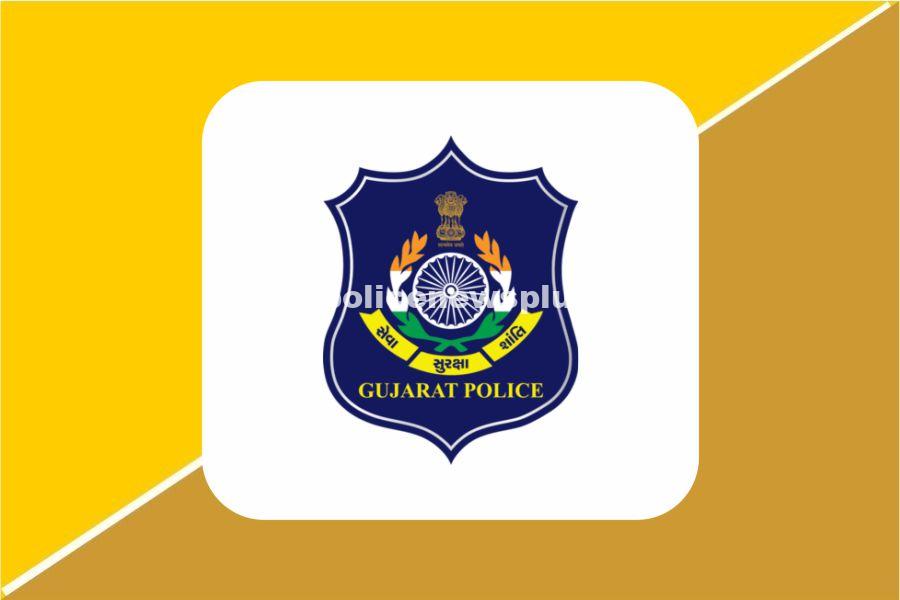Gujarat, Gandhinagar, May 6: In line with instructions from the Ministry of Home Affairs, the Government of India, Gujarat will conduct statewide Civil Defence Mock Drills across 18 districts on May 7 (Wednesday). The exercise will take place from 4:00 PM to 8:00 PM, with a blackout period scheduled between 7:30 PM and 8:00 PM.
A preparatory video conference was held under the chairmanship of Chief Minister Bhupendra Patel, with Minister of State for Home Harsh Sanghavi and senior officials, including Chief Secretary Pankaj Joshi, ACS (Home) M.K. Das, and DGP Vikas Sahay, to review multi-departmental readiness.
Citizen Guidelines for the Drill
Home Minister Sanghavi advised the public not to panic and follow these instructions:
Recognize Sirens:
Warning Signal: Long siren indicates potential air attack.
All-Clear Signal: Short and steady siren signals the end of the threat.
Immediate Actions:
Stop all outdoor activity.
Assist elderly, children, and persons with disabilities.
Avoid elevators; use stairs for evacuation.
Blackout Protocol (7:30–8:00 PM):
Switch off or cover all lights in homes, offices, and vehicles.
Use blackout curtains or thick cloth to block light leaks.
Refrain from using mobile phone flashlights near windows.
General Conduct:
Follow instructions broadcast via radio or official announcements.
Do not spread rumours or misinformation.
Help neighbors who may not be familiar with emergency protocols.
Districts Participating in the Drill:
Ahmedabad, Gandhinagar, Vadodara, Bharuch (Ankleshwar), Tapi (Kakrapar), Surat, Bhavnagar, Jamnagar, Devbhumi Dwarka (Okha, Vadinar), Kutch-East (Gandhidham),Kutch-West (Bhuj, Naliya), Patan, Banaskantha, Gir Somnath, and Morbi.
Step-by-Step Mock Drill Process:
Alert Transmission: Indian Air Force sends a confidential alert via hotline to Civil Defence.
Public Warning: Civil Defence wardens and trained volunteers activate sirens and SMS alerts.
Evacuation & Rescue:
Firefighters assist with evacuation.
Medical teams provide first-aid at designated field locations.
Debris Clearance: PWD clears damaged structures and debris.
Animal Rescue: Forest Department relocates animals from affected zones.
Law & Order: Home Guards and Police jointly maintain order.
Monitoring & Oversight:
Revenue officers supervise on-site activities.
District Collectors coordinate overall response.
Awareness & Training:
Civil Defence, SDRF, and SRP will conduct awareness drives for students and the public.
Village Sarpanches will be briefed and guided.
Background:
India’s Civil Defence system was established in 1963 following the 1962 Chinese invasion. Initially designed for wartime civilian protection, its scope now includes response to natural disasters (floods, earthquakes) and man-made crises (fires, riots). The system relies on both official personnel and trained civilian volunteers.





